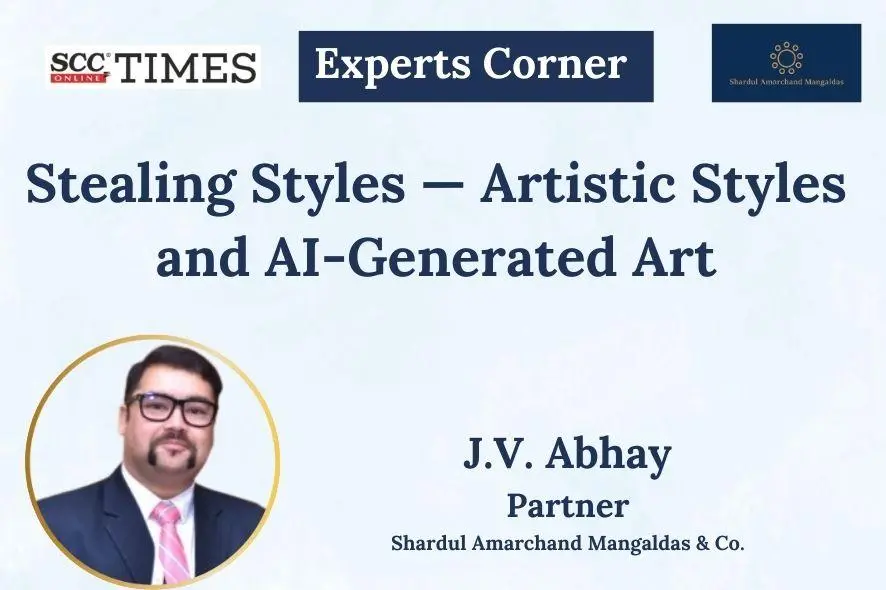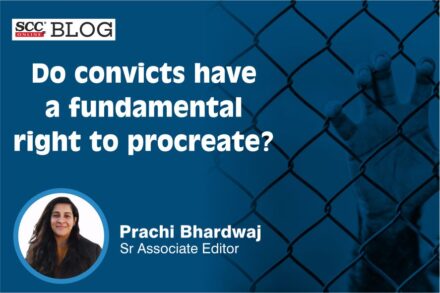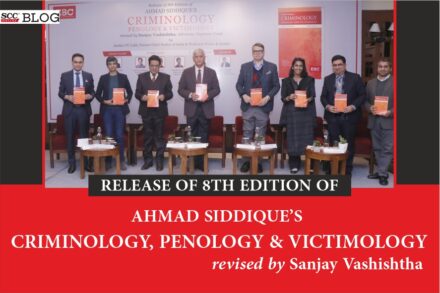The use of artificial intelligence (AI) in creative fields, especially art, has given rise to a new era of possibilities, while also raising complex legal issues. A particularly contentious issue arises when AI systems replicate distinctive artistic styles of known artists and studios. The most recent example is Chat Generative Pre-trained Transformers (ChatGPT’s) AI Studio Ghibli Tool, which enables users to transform images to Ghibli style. Since its introduction, the internet has been flooded with Ghibli style images, with users, including celebrities joining the trend. Ghibli style is a well-recognised animation style originating from the iconic animation studio, Studio Ghibli, Inc. in Japan, and is characterised by the studio’s hand-drawn characters, warm colours and dreamy settings.
The introduction of ChatGPT’s AI Studio Ghibli Tool has raised questions as to whether AI systems can be allowed to freely copy or mimic artistic styles and allow users to generate artwork, presenting novel challenges in the field of intellectual property (IP) law in India.
The fundamental question is whether an artistic style, as distinct from a specific copyrighted work, can receive legal protection in India. The Copyright Act, 1957 protects original artistic works, but does not safeguard ideas and general styles. This creates an ambiguity when AI systems generate works that imitate well-recognised artistic styles, without directly copying the copyrighted artwork or animation, as is the case with Studio Ghibli. While the specific artworks created by Studio Ghibli are undoubtedly protected, the broader idea and style elements that make their work recognisable may fall outside traditional boundaries of Indian copyright law.
The issue of authorship further complicates the scope of protection. Copyright law in India requires that the copyright protection be afforded to a human author. The use of an AI tool to create Ghibli style artwork raises questions regarding ownership of copyright, whether it belongs to the user who input the data or the developer of the AI system, or does it enter the public domain. The ambiguity is significant, especially when AI-generated artwork is used commercially and competes with and dilutes the market for the original artist or studio.
Another question for consideration is whether training the AI system using proprietary datasets constitutes violation of IP rights. For example, if the AI system has been trained on datasets containing unauthorised copies of Studio Ghibli’s artwork or animation, it can be argued that the same amounts to copyright infringement, regardless of whether the final output is substantially different. Developers may rely on fair use arguments to justify training models on copyrighted data. Key factors which need to be considered for such an argument include whether use if transformative, the market impact and the amount of data used. India provides for the “fair dealing” exception, as opposed to “fair use” and unlike the broader and more flexible “fair use doctrine”, Indian law limits fair dealing to specific situations. The issue of copyright infringement on account of use of proprietary datasets is pending consideration before the Delhi High Court in Ani Media (P) Ltd. v. Open AI Inc,1 as well.
The provision pertaining to moral rights may offer artists and studios a recourse. Moral rights persist even after transfer of copyright and protect against distortion or mutilation of the original work that could harm the artist’s reputation. If the AI-generated work is of poor quality or is of inappropriate nature and can be associated with the artist (for example, Mr Hayao Miyazaki of Ghibli Studios, Inc.), he could potentially claim violation of his moral rights. The courts in India have in the past protected moral rights of artists and this may prove useful in enforcement of rights against developers of AI systems.
Trade mark law presents another avenue for protection of artistic styles. In case the AI-generated work is presented in a manner likely to cause consumer confusion about affiliation of the work, a claim for passing off can potentially be made. Unauthorised commercial use of an artist’s distinctive style can lead to a potential claim of unfair competition, if seen as an attempt to usurp the source of the artwork.
While artists and studios can claim violation of various IP rights, the cross-border nature of AI technology and digital distribution of artwork may create enforcement challenges. These may require changes to the current legal framework or introduction of new legislations or guidelines in certain jurisdictions, similar to the AI Act2 in European Union, to eliminate any existing lag. The intersection of AI and artistic creation requires a careful balancing act between advancing innovation and protecting creative rights. Development of licensing frameworks allowing emulation of artistic style, attribution and compensation, providing opt-out mechanisms for artists who wish to exclude their works from AI training datasets may be effective solutions. Going forward, Indian courts and policymakers will also need to deal with fundamental questions about the nature of creativity and originality of works created by AI systems.
The mimicking of Studio Ghibli’s artistic style is a microcosm of issues arising from use of AI-generated artworks. While the current Indian legal system offers avenues for protection to artists and studios, particularly for clear copyright or trade mark infringement, nuanced issues of emulation of artistic style remain unaddressed. As the capabilities of AI systems continue to advance, there is a need for legal clarity, not just for recognisable international studios like Ghibli, but for the creative industry in India as well, which may face similar challenges.
*Partner, Shardul Amarchand Mangaldas & Co.
2. Regulation (EU) 2024/1689 of the European Parliament and of the Council






